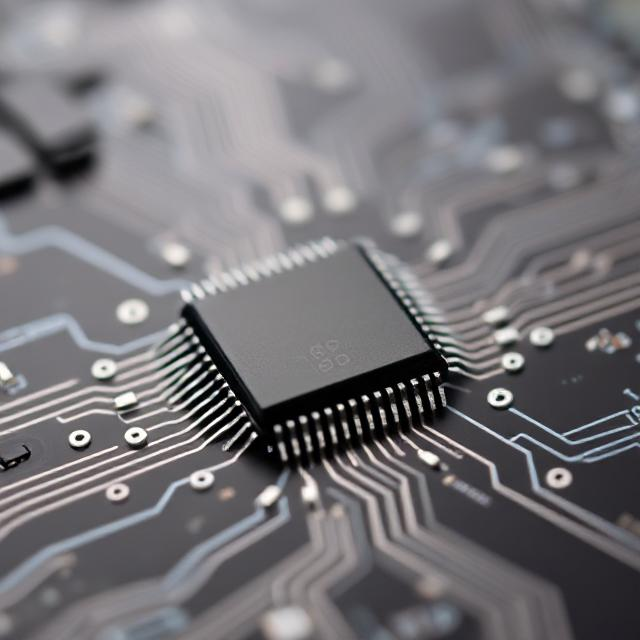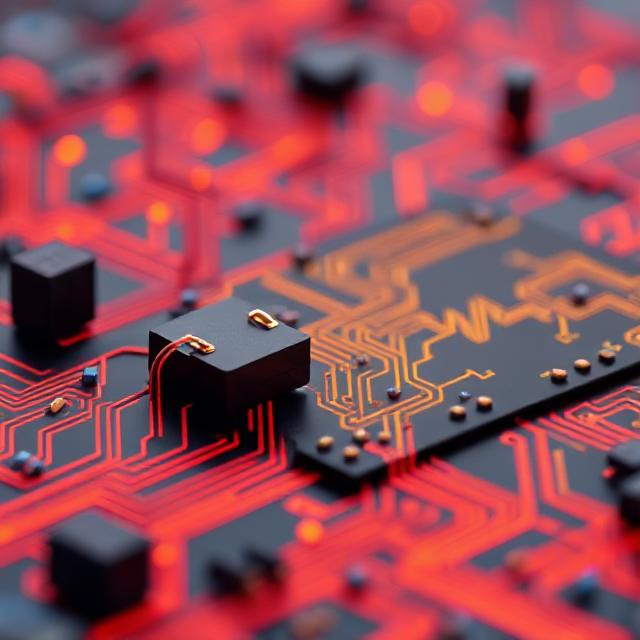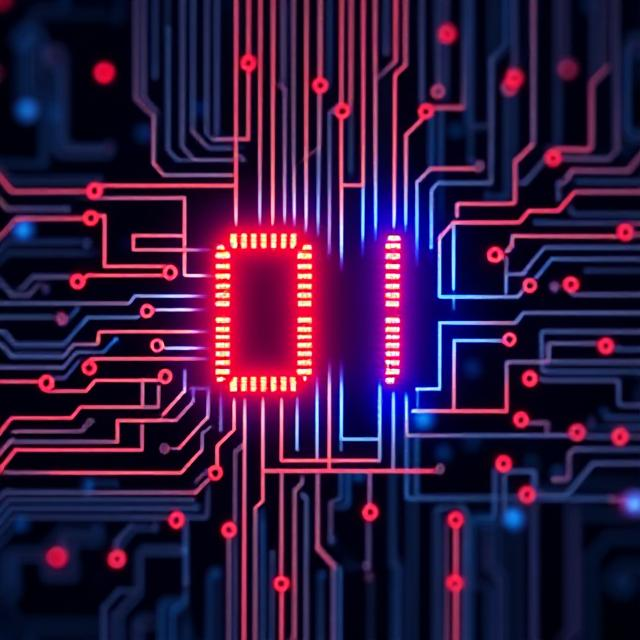Chip-to-chip communication is simply the process where two chips (or microchips, also known as integrated circuits) exchange information with each other. These chips are the tiny “brains” in electronics like smartphones, computers, and other devices.
What is Chip-to-Chip Communication?
Imagine you have two friends, and they want to talk to each other. They need a way to send messages back and forth. In the same way, chips inside electronic devices need a way to “talk” to each other, sending and receiving data so that the device works properly.
Chip-to-chip communication is how one chip sends information to another chip inside a device (like a smartphone or computer). These chips could be responsible for different tasks, such as controlling the display, managing memory, or handling sensors.

Why Do We Need Chip-to-Chip Communication?
- Sharing Data: Chips often work together to complete tasks. For example, one chip might handle processing (like running apps), and another could handle wireless communication (like Wi-Fi or Bluetooth). They need to communicate to make sure everything works together smoothly.
- Speed and Efficiency: Fast and efficient communication between chips makes devices work quickly. For example, when you’re playing a game on your phone, the chip managing the graphics needs to talk to the chip controlling the touch screen. If they communicate well, the game runs smoothly without delay.
How Does Chip-to-Chip Communication Work?
There are different ways for chips to communicate, and they use special “paths” (also known as buses or interfaces). Here are the main types:
- Wired Communication:
- Serial Communication: One chip sends data one bit at a time (like sending a letter in pieces). It’s slower but easier and cheaper for simple tasks. An example of this is I2C (Inter-Integrated Circuit) or SPI (Serial Peripheral Interface).
- Parallel Communication: Multiple bits of data are sent at the same time. This is faster but requires more wires and is typically used when speed is very important, like in older computer memory systems.
- Wireless Communication:
- Sometimes, chips in a device communicate wirelessly. For example, a chip managing Wi-Fi might communicate with a Bluetooth chip in the same device. This uses wireless technologies like Wi-Fi or Bluetooth to exchange data.
- Bus Communication: A bus is like a shared highway for chips to communicate over. Several chips can use the same bus, but only one can send data at a time. Examples of this include PCIe (Peripheral Component Interconnect Express) in computers or USB used for connecting devices.
- High-Speed Communication: Some advanced chips communicate very quickly using special interfaces like Thunderbolt or PCIe, which allow for faster data transfer. These are used in devices like gaming PCs or high-performance laptops.
Real-Life Example:
Think about a smartphone. It has multiple chips inside:
- A processor chip that handles apps and running programs.
- A memory chip that stores your apps and data.
- A Wi-Fi chip for connecting to the internet.
These chips need to share information. For instance, when you open an app, the processor communicates with the memory chip to load the app, and it might also talk to the Wi-Fi chip to fetch data from the internet. This entire process of communication between chips happens through chip-to-chip communication.
Summary
Chip-to-chip communication is how different parts of a device exchange information so that everything works together smoothly. Whether it’s through wires or wirelessly, it’s essential for devices to function properly. Without good chip-to-chip communication, our phones, computers, and other gadgets wouldn’t be able to run apps, load websites, or even make calls.











